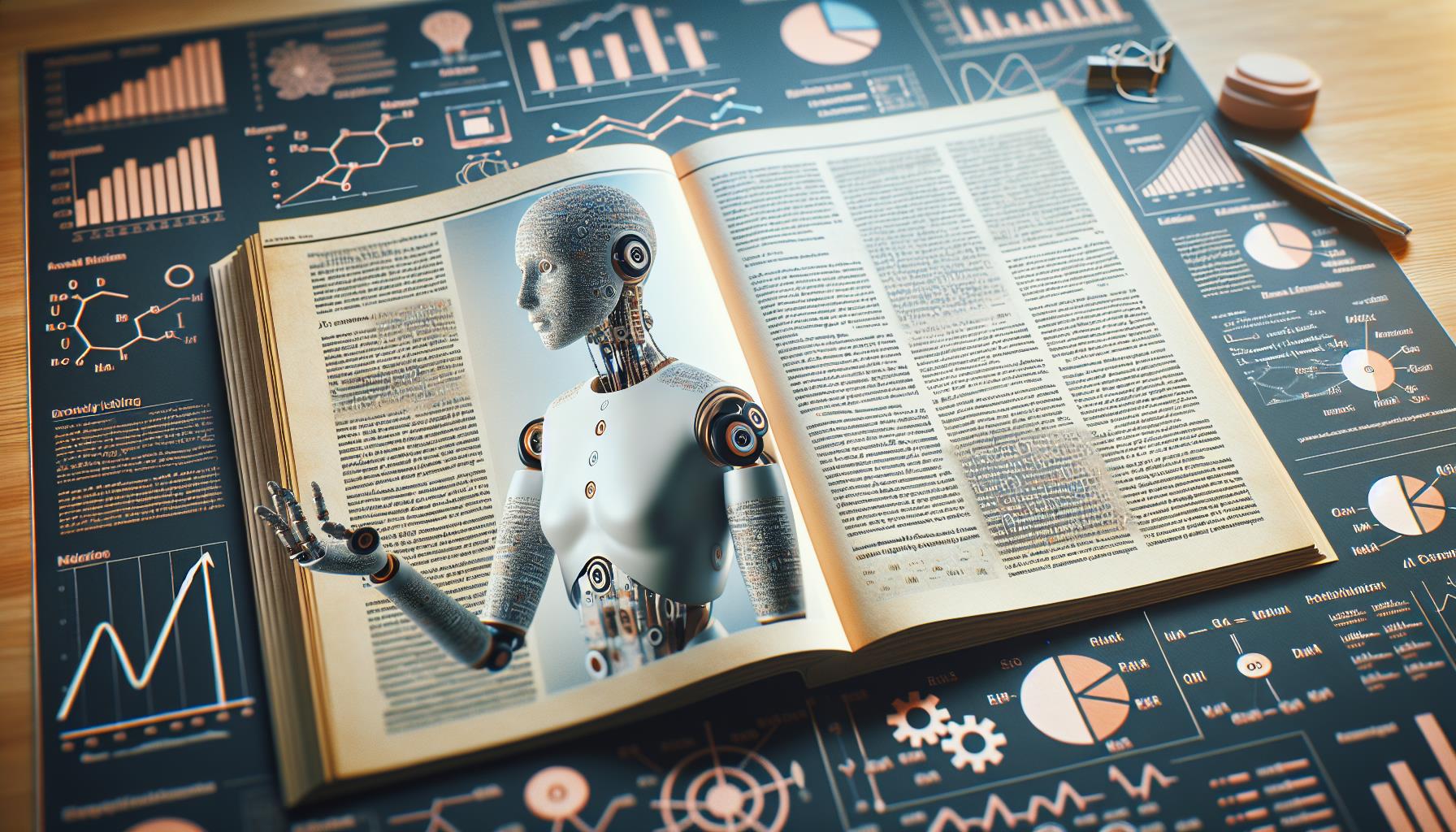The integrity of scientific literature is the cornerstone of progress in various fields of research. However, the emergence of artificial intelligence (AI) has introduced a new challenge to this integrity. Recent findings suggest that up to five percent of scientific articles may contain text generated by AI, and even fake images are making their way into published papers. This issue not only undermines the credibility of scientific journals but also poses a significant threat to the advancement of knowledge.
The Problem at Hand
Counterfeit hunters, individuals dedicated to identifying and exposing fraudulent scientific papers, are finding it increasingly difficult to keep pace with the rapid advancements in AI technology. The sophistication of AI-generated images and text is reaching a point where it can be nearly indistinguishable from genuine research, making the task of detection exceedingly complex.
Case Study: The Rat Illustration
An example of this issue was highlighted in a study published in “Frontiers in Cell and Development Biology,” which featured an anatomically incorrect illustration of a rat. This image, created by the AI tool Midjourney, included absurd depictions of body parts and nonsensical labels. Despite its glaring inaccuracies, the paper passed the quality check and was published, only to be retracted after the research community raised concerns on social media platforms.
The Role of Falsification Hunters
Elisabeth Bik, a renowned microbiologist and falsification hunter, expressed her astonishment at the publication of such a flawed paper. Her greater concern, however, is the potential for more realistic-looking AI-generated images to have already infiltrated scientific literature without detection. Bik’s work in identifying manipulated images has been pivotal in maintaining the integrity of scientific publications, but the evolving capabilities of AI pose a significant threat to her efforts.
Challenges in Detection
The task of detecting AI-generated content in scientific articles is becoming increasingly arduous. Falsification hunters like Bik rely on tips from the community and meticulous examination of images and text to identify fraudulent content. However, as AI continues to advance, the line between real and fake becomes blurrier, demanding more sophisticated methods of detection.
Implications for Scientific Research
The infiltration of AI fakes into scientific literature has far-reaching implications. It not only questions the validity of the research but also has the potential to mislead future studies, waste resources, and hinder scientific progress. The scientific community must address this issue promptly to preserve the trust and reliability of published research.
Pros of AI in Research
While the issue of AI fakes is concerning, it’s important to acknowledge the positive impact AI has on scientific research. AI can process vast amounts of data at incredible speeds, aiding in the discovery of new insights and the acceleration of research. It also has the potential to assist in the creation of accurate models and simulations that can be invaluable for scientific exploration.
Cons of AI in Research
On the flip side, the misuse of AI in scientific research can lead to the dissemination of false information, tarnishing the reputation of journals and researchers alike. The ease with which AI can generate convincing fake content poses a significant challenge to the peer-review process and the overall quality of scientific discourse.
Missing Points in the Current Approach
Current efforts to combat AI fakes in scientific literature are lacking in several areas. There is a need for more advanced tools and techniques to detect AI-generated content, as well as greater awareness and education within the scientific community about this issue. Additionally, there should be stricter penalties for those who intentionally publish fraudulent research to deter such practices.
The rise of AI fakes in scientific articles is a pressing concern that requires immediate attention. While AI has the potential to greatly benefit scientific research, its misuse poses a threat to the credibility and progress of science. It is imperative for the scientific community to develop more robust detection methods and to foster an environment of integrity and transparency in research.
As we move forward, it is crucial for the scientific community to strike a balance between leveraging the benefits of AI and safeguarding against its potential to harm the integrity of research. Collaboration among researchers, publishers, and technology experts will be key to overcoming the challenges posed by AI fakes and ensuring the continued advancement of science.
